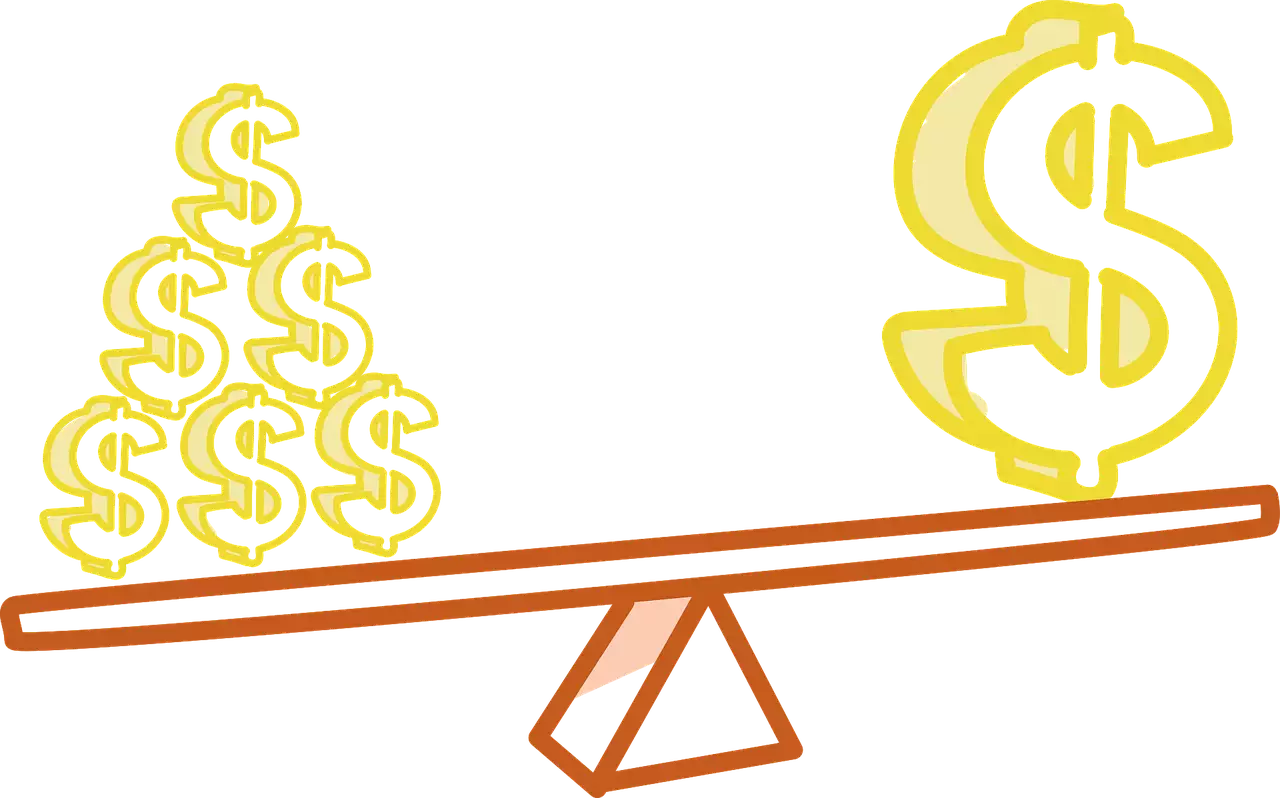Degree of Operating Leverage Calculator
The key facts about operating leverage
Table of Contents
- What Is the Degree of Operating Leverage?
- How Do You Calculate the Degree of Operating Leverage?
- Formula 1
- Formula 2
- Example
- What Is a Good Operating Leverage Ratio?
- Pros and Cons of High Operating Leverage
- Pros of High Operating Leverage:
- Cons of High Operating Leverage:
- How Can This Metric Help You Make Better Decisions?
- What Is the Difference Between Operating Leverage and Financial Leverage?
- Conclusion

Are you trying to calculate the degree of operating leverage (DOL)?
We understand that it can be a hassle sometimes. That’s why we created a degree of operating leverage calculator to help you out with the process!
Do you want to find out more about DOL? In today’s post, we’ll also explain everything you need to know about DOL and how to interpret the results. Let’s dive in.
What Is the Degree of Operating Leverage?
A degree of operating leverage is a financial ratio that can help you measure the sensitivity of a company’s operating income.
To elaborate, it measures how much a company’s operating income will change in response to a change that’s particular to sales.
Typically, companies that have a large proportion of fixed cost to variable cost have higher levels of operating leverage.
How Do You Calculate the Degree of Operating Leverage?
There are different methods to calculate a DOL. Let’s check some of them out.
Formula 1
DOL = Change in Operating Income / Change in Sales
We can use the previous formula since the operating leverage ratio is related to the cost structure. As a result, we can calculate the DOL using the company’s contribution margin, which is the difference between total sales and variable sales.
Formula 2
DOL = Change in EBIT / Change in Sales
Where:
- EBIT is the total earnings before income and taxes.
In some cases, you might need to calculate the percent change in the EBIT.
Example
Let’s assume that the following financial information belongs to “X” Company in the first year:
Annual Sales: $400,000
Operating Expenses: $50,000
Here’s the financial information for the second year:
Annual Sales: $500,000
Operating Expenses: $80,000
First, we need to calculate the EBIT for both years.
In the first year, EBIT would be $400,000 – $50,000 = $350,000
In the second year, EBIT would be $500,000 – $80,000 = $420,000
Second, we need to calculate the % change in EBIT from the first year to the second year:
1 – (EBIT 2 / EBIT 1) = 20%
After that, we need to calculate the % change in sales from the first year to the second year:
1 – (Annual Sales 2 / Annual Sales 1) = 25%
Finally, we can calculate the DOL of the company:
Degree of Operating Leverage = Change in EBIT / Change in Sales = 20% / 25% = 0.8
If you’re still having problems calculating the DOL of your business, you can always use our degree of operating leverage calculator and other helpful tools on CalcoPolis.
What Is a Good Operating Leverage Ratio?
The higher the DOL is, the more sensitive the company’s EBIT is to changes in sales. That’s in case other variables remain constant.
Typically, a high DOL means that the company has a larger portion of fixed costs in comparison with variable costs. In other words, any increase in sales might cause an increase in operating income.
A company with a high DOL can see huge changes in profits with a relatively smaller change in sales. However, that also means the company might have a higher operating risk.
On the other hand, a company with a low DOL has a huge portion of its overall cost structure as variable costs.
Pros and Cons of High Operating Leverage
For a business owner, understanding the implications of operating leverage is essential. A company with high operating leverage often finds itself in a unique position, both advantageously and challengingly. But what exactly does it mean, and how can it impact the bottom line?
Pros of High Operating Leverage:
-
Amplified Profits: One of the most distinct advantages of a company with high operating leverage is the potential for amplified profitability. Since operating leverage measures the sensitivity of operating income to a percentage change in sales, higher DOL means that even a small increase in sales can lead to a significant boost in profits.
-
Stable Fixed Costs: High operating leverage typically indicates that a business has a larger proportion of fixed costs compared to variable costs. This can be advantageous in stable or growing markets, as the company doesn't incur additional costs for increased production or sales.
-
Enhanced Competitive Position: With more fixed costs, such businesses can often price their products or services more competitively. This is because the costs remain relatively stable regardless of sales volume.
Cons of High Operating Leverage:
-
Increased Risk: The flip side of the potential for amplified profits is the risk of magnified losses. If there's a percentage decrease in sales, the company with high operating leverage may experience a more significant percentage drop in EBIT (earnings before interest and taxes).
-
Limited Flexibility: Businesses with high fixed costs might find it challenging to adapt swiftly to market changes. For instance, if there's a downturn, the business still incurs those fixed costs, which can strain finances.
-
Vulnerability to Market Fluctuations: Companies with a higher DOL are more susceptible to market volatility. A decrease in sales has a more pronounced effect on profitability due to the amplified effect of the operating leverage.
-
Need for Consistent Sales: To maintain profitability and cover fixed costs, companies with high operating leverage need to ensure consistent sales. This can be a pressure point, especially in industries prone to fluctuations.
While the potential for increased profitability with high operating leverage is appealing, weighing that against the risks is essential. It's always a good practice for businesses to calculate the degree of operating leverage periodically, ensuring they're not overly exposed to the pitfalls while reaping the benefits.
How Can This Metric Help You Make Better Decisions?

DOL can help any company to determine the suitable level of operating leverage. This can help the company maximize the benefit from its operating income.
More importantly, it can help companies assess their cost structure and current business models. Therefore, the company can make changes to increase operating profits accordingly.
For example, a company with a high DOL doesn’t have to increase spending to expand its sales volume with more business.
Alternatively, a company with a low DOL typically spends more money on fixed assets to increase its sales.
What Is the Difference Between Operating Leverage and Financial Leverage?
Operating leverage is basically an indication of the company’s cost structure. On the other hand, financial leverage is an indication of how much the company uses debt to finance its operations.
Both metrics are essential for any business. In fact, there’s a relation between the two metrics, as the operating earnings can be increased by financing.
Conclusion
If you’re looking to calculate the degree of operating leverage quickly and without carrying out lots of manual calculations, simply use our degree of operating leverage calculator.
Be sure to check out some of our other tools on CalcoPolis!

